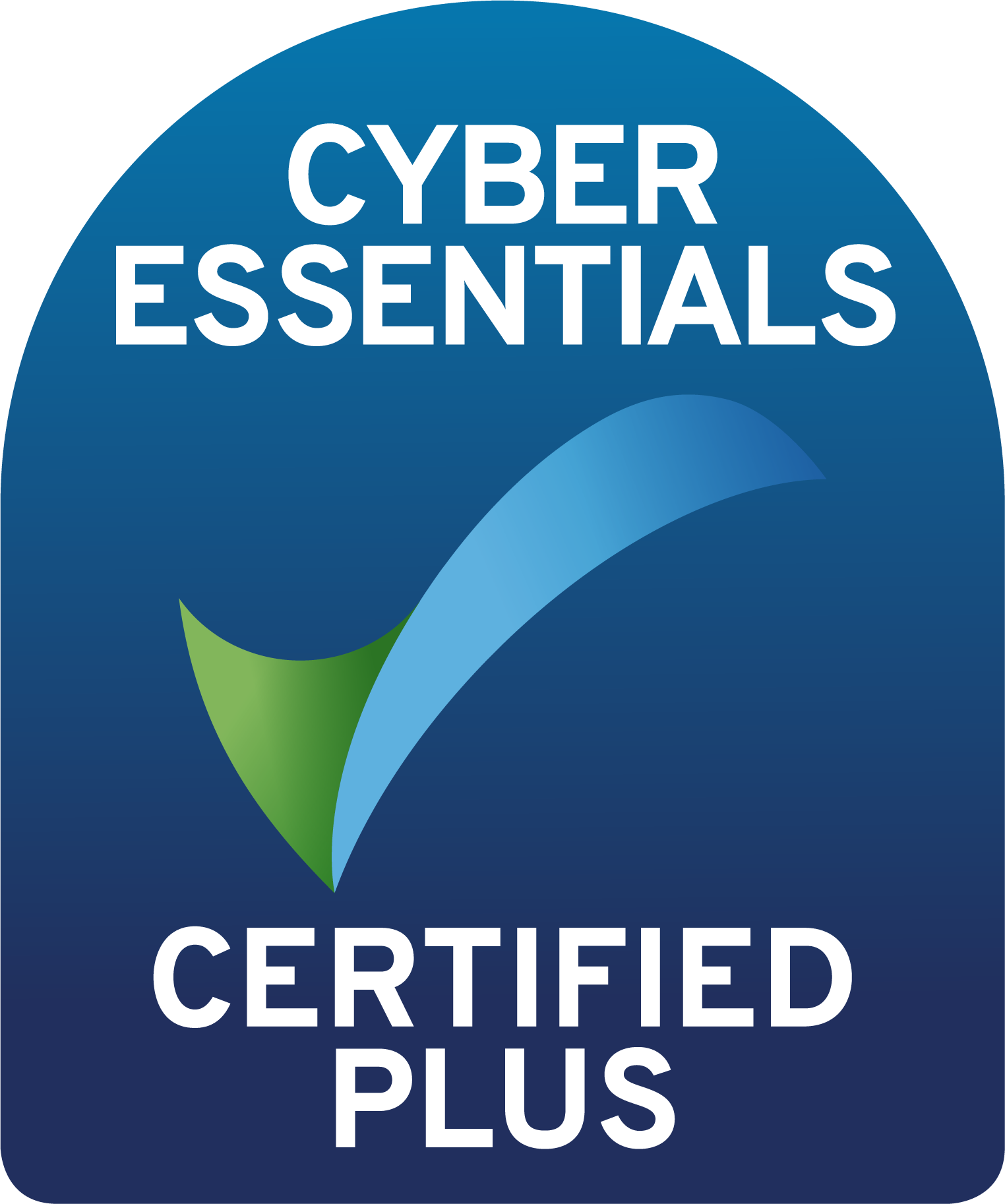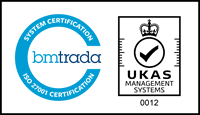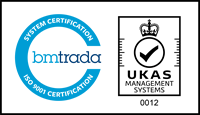THE EXIT FROM LOCKDOWN WILL MARK A WELCOME RETURN TO SOME KIND OF NORMALITY FOR MILLIONS OF WORKERS. MANY HAVE HAD TO ENDURE ISOLATION, THE STRESSES OF HOME SCHOOLING AND A HOST OF OTHER PRESSURES.
Yet for many – including HR practitioners – the end of lockdown signals the start of a new challenge. The transition back into the workplace. This will require careful planning to ensure employers minimise upheaval.
Mental wellbeing
Nearly half (49%) of UK employees now work from home, according to the ONS. After a considerable and largely unfamiliar period away from the workplace, many of these workers will have adjusted to their ‘new normal’.
There are numerous advantages to working remotely. From time saved commuting to additional time spent with loved ones. And, for many, the home has become a haven from outside threats. A return to the workplace may make some as anxious as they were when forced to leave it.
A phased return is a sensible approach and may well be recommended by government to ensure the virus is contained. Beyond public health considerations, it will help employees to gradually re-acclimatise to their former working environments.
Social wellbeing
More than one in five (21%) workers have been on furlough leave, according to the ONS. If employers want to re-establish a united and motivated workforce, they must ensure that returners feel valued.
There needs to be a strong message that all employees played an equally important role in protecting the business – including those who stayed at home and those who kept things going. In-house social events and awards and recognition are just two ways that can help to reunite the workforce.
Furloughed employees may also feel disconnected from company updates. Strong communications will be critical to re-connect those who have been temporarily cut off from the wider business. Many employees aren’t desk-based and may not have access to company emails. HR leaders must make sure updates are accessible to all.
Physical wellbeing
One of the biggest transitions for employees will be new measures introduced to protect their physical health. This virus will not disappear overnight. Hygiene and social distancing requirements will be a reminder that there may be no such thing as ’back to normal’.
Beyond these health concerns, many workers will look forward to simply being active again. Fitness challenges and cycle to work incentives will help to energise many returning employees, especially those who have been working on their fitness during the lockdown. These are also great ways to support their mental health and improve productivity.
Financial wellbeing
The furloughed workforce has been managing on 80% income, with some employers topping up the rest. Meanwhile, many staff still in regular employment have been hit by wage cuts as companies try to balance their wage salary bill with income losses. Workers are likely to feel the financial fallout in the weeks and months to come with pay cuts and no end of year bonus.
It’s a tough time for businesses too – and budgets are finite. Yet, with money problems intrinsically linked to employee performance, companies have a clear incentive to support financial wellbeing. They can aid the recovery by providing their workers with access to fair finance, offers and financial support such as debt advice.
The biggest mistake will be for employers to treat the return to work as ‘business as usual’. The fact is that we are about to enter a new world, not re-enter the old one. Looking after the whole person – including their physical, mental, financial and social wellbeing – will be critically important to support employees through this process. Companies which provide the right care through this transition will be rewarded with a team ready to take on the post-lockdown world.
Article published in The HR Director on 15th June 2020.





